Aston Martin first turned heads with their race pace during Day 2 of Formula 1 pre-season testing, when Fernando Alonso appeared to match the pace of Red Bull.
The team has since played down their chances and pointed towards various credible factors that could have influenced their pace, including the track temperatures and rubber laid down from hours of running on various tyres.
But under the same ambient track temperatures that is set to be experienced during qualifying and the race (28°C), Alonso impressed yet again with his blistering performance.
The Spaniard was 0.169s quicker over the qualifying lap simulations than Verstappen having completed an extra lap before his timed run.
The telemetry data from their quickest laps showed how Alonso braked slightly later, carrying more speed than Verstappen and reaching higher top speeds on the back straight before the start/finish.
Aston tries different approach in long runs
During the long runs it was a similar story, with Alonso matching Verstappen and Leclerc in the high 1m36s and mid 1m37s on the Soft tyre - which is likely to be the one used at the beginning of the race.
Over the course of the 10-lap stint Alonso's times dipped after four laps, with the Aston Martin driver three tenths away from Verstappen for the next five attempts.
This could partially be explained by the different approaches taken by Red Bull and Aston Martin, according to Pirelli F1 Chief Engineer, Simone Berra, who says Alonso was more aggressive at the start of the stint.
"Fuel load is similar, so maximum fuel load," said Berra to media, including RacingNews365.com.
"With Alonso they tried something different to push a little bit more from the beginning of the run to see the impact on the degradation, while Verstappen tried to manage a little bit more."
It appears this approach from Verstappen was also adopted by Charles Leclerc, whose times were more consistent over the course of his 7-lap stint in the Ferrari.
Berra believes managing the tyres - on what is an abrasive track surface at Bahrain - is the better strategy to extend the stints as long as possible.
He added: "The risk is to overdrive the C3 and then lose the pace. But if you are able to manage the C3, we had a good example with Verstappen during the long run simulations, the degradation was quite constant compared to others."
Long Runs FP2 (C3) Comparison
| Lap | VER | ALO | LEC | RUS |
|---|---|---|---|---|
| 1. | 37.6 | 36.2 | 38.2 | 37.8 |
| 2. | 37.1 | 36.4 | 37.5 | 37.9 |
| 3. | 36.8 | 36.7 | 37.6 | 37.7 |
| 4. | 37.7 | 37.1 | 37.6 | 38.1 |
| 5. | 36.8 | 37.2 | 37.6 | 38.3 |
| 6. | 37.2 | 37.5 | 37.7 | 38.5 |
| 7. | 37.3 | 37.5 | 37.5 | 39.0 |
| 8. | - | 38.1 | 39.2 | |
| 9. | - | 37.4 | ||
| 10. | 37.2 | 37.9 | ||
| 11. | 37.1 | |||
| 12. | 37.2 | |||
| 13. | 37.5 | |||
| 14. | ||||
| AVERAGE | 1.37.220 | 1.37.248 | 1.37.749 | 1.38.370 |
Alonso mixing it up with the leaders
Aston Martin have been rightly cautious about drawing too many conclusions about their pace, considering the AMR23 is a completely new concept from the AMR22.
The numbers suggest Alonso will be mixing it up with Red Bull and Ferrari, however they are likely to be much more consistent over the course of the race.
Additionally Red Bull has an uncanny ability to find pace from running laps in their simulator in Milton Keynes overnight, something Verstappen alluded to at the end of FP2.
“You could see that in testing [Aston Martin] were very competitive, they had a great day,” said Verstappen to media.
“For us, still a bit of work to do. We know we have a very competitive car, it’s just now putting all the pieces together.”
But it is credible to say Aston Martin will be comfortably quicker than Mercedes, whose drivers have conceded they are one second off the pace after a tricky opening day at Bahrain.
Most read
In this article
F1 2023 Bahrain Grand Prix RN365 News dossier
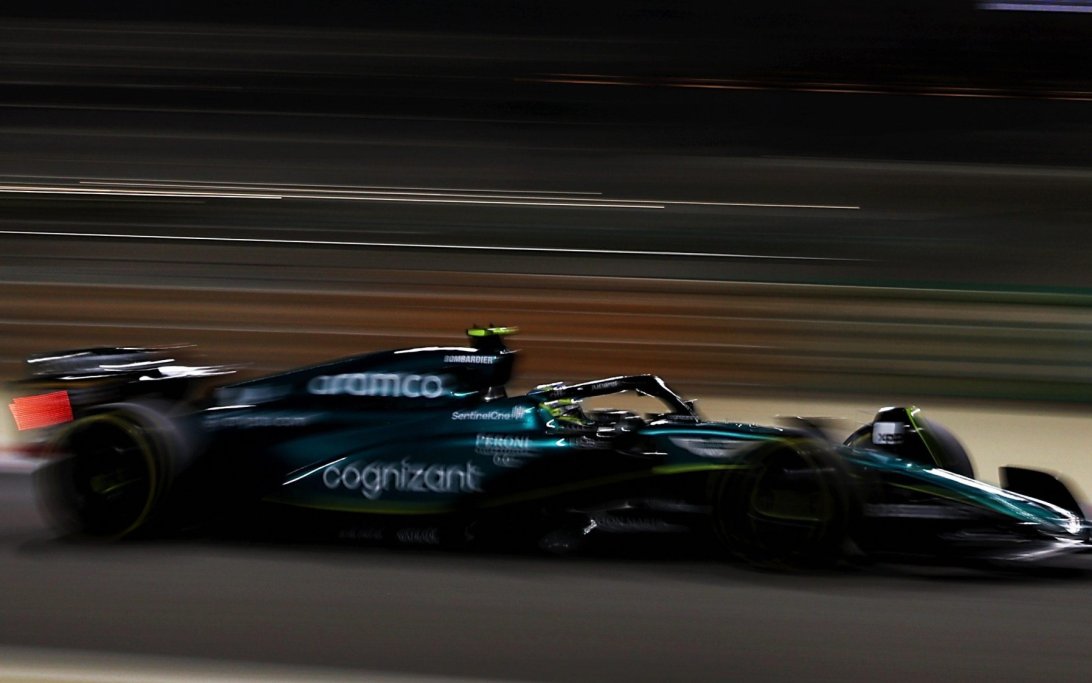

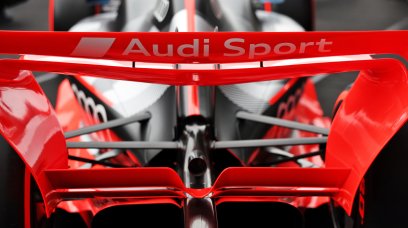







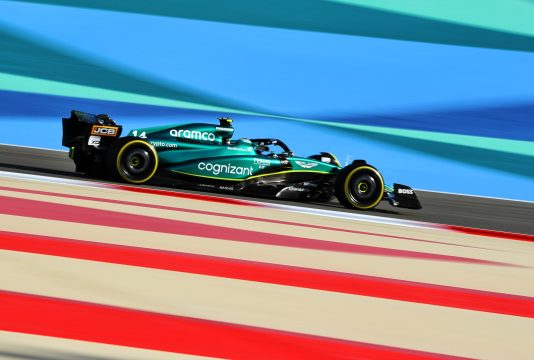
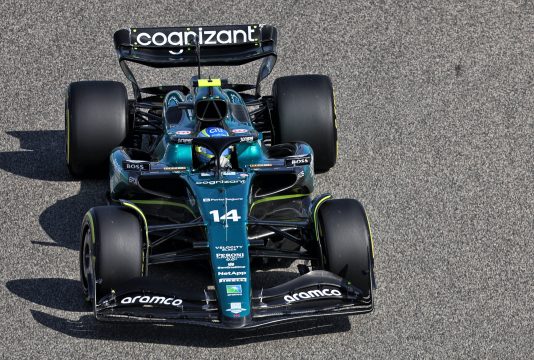
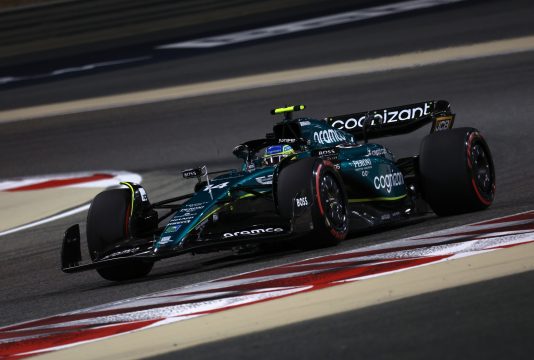
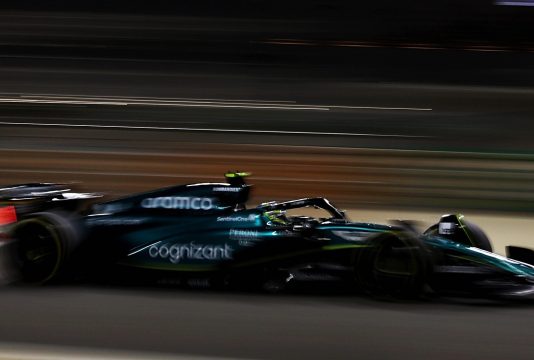
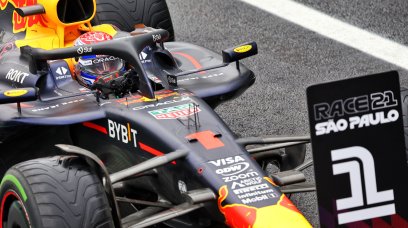












Join the conversation!